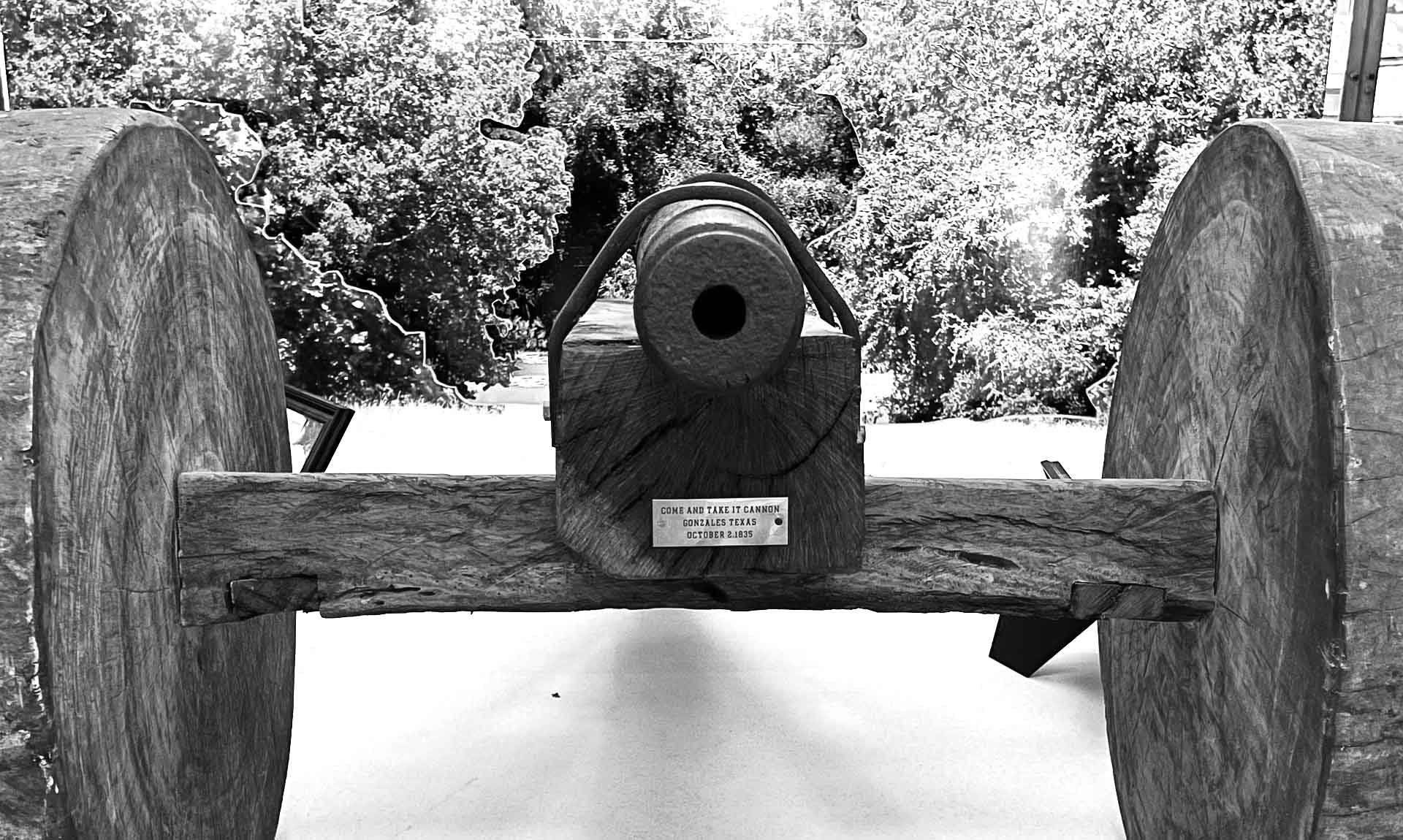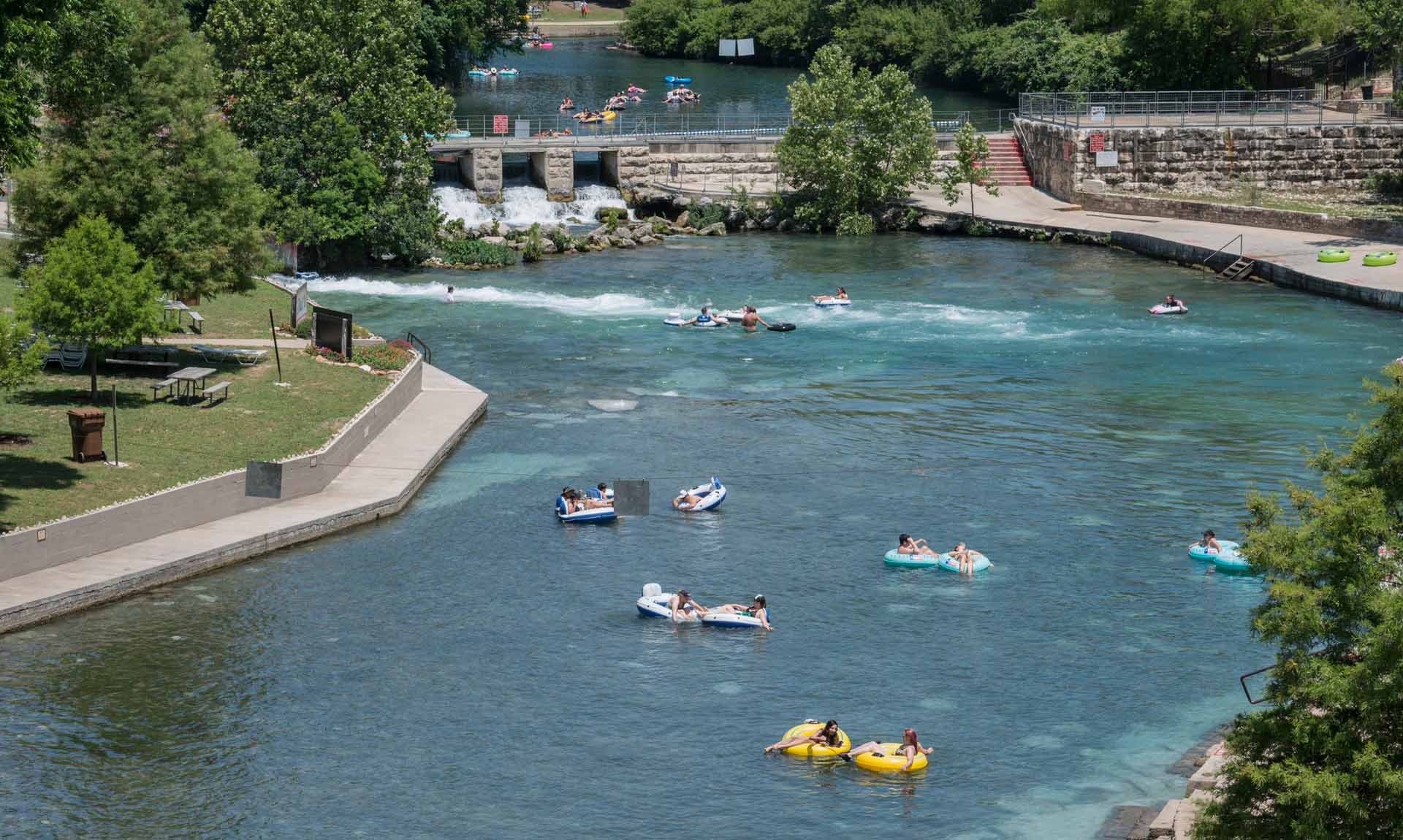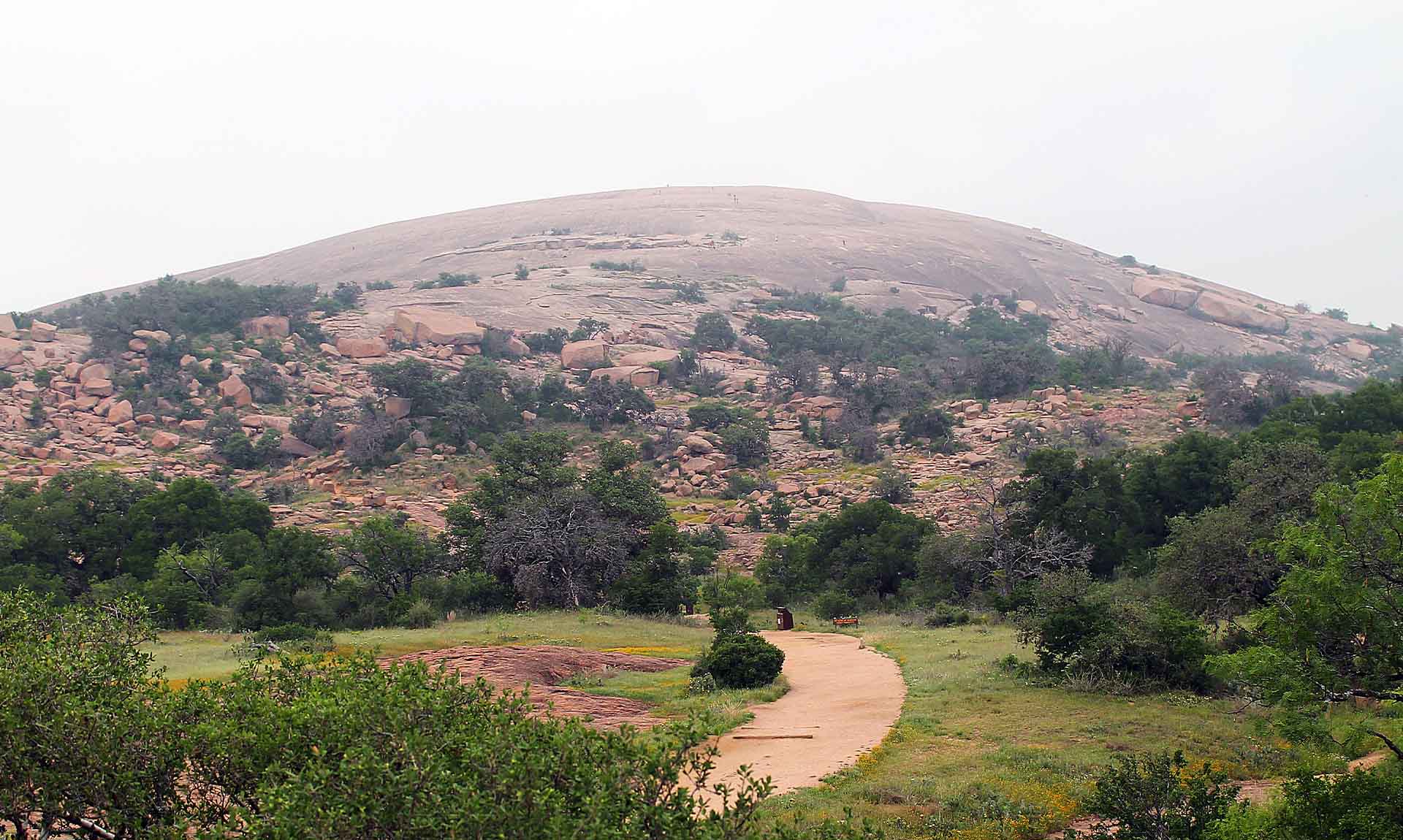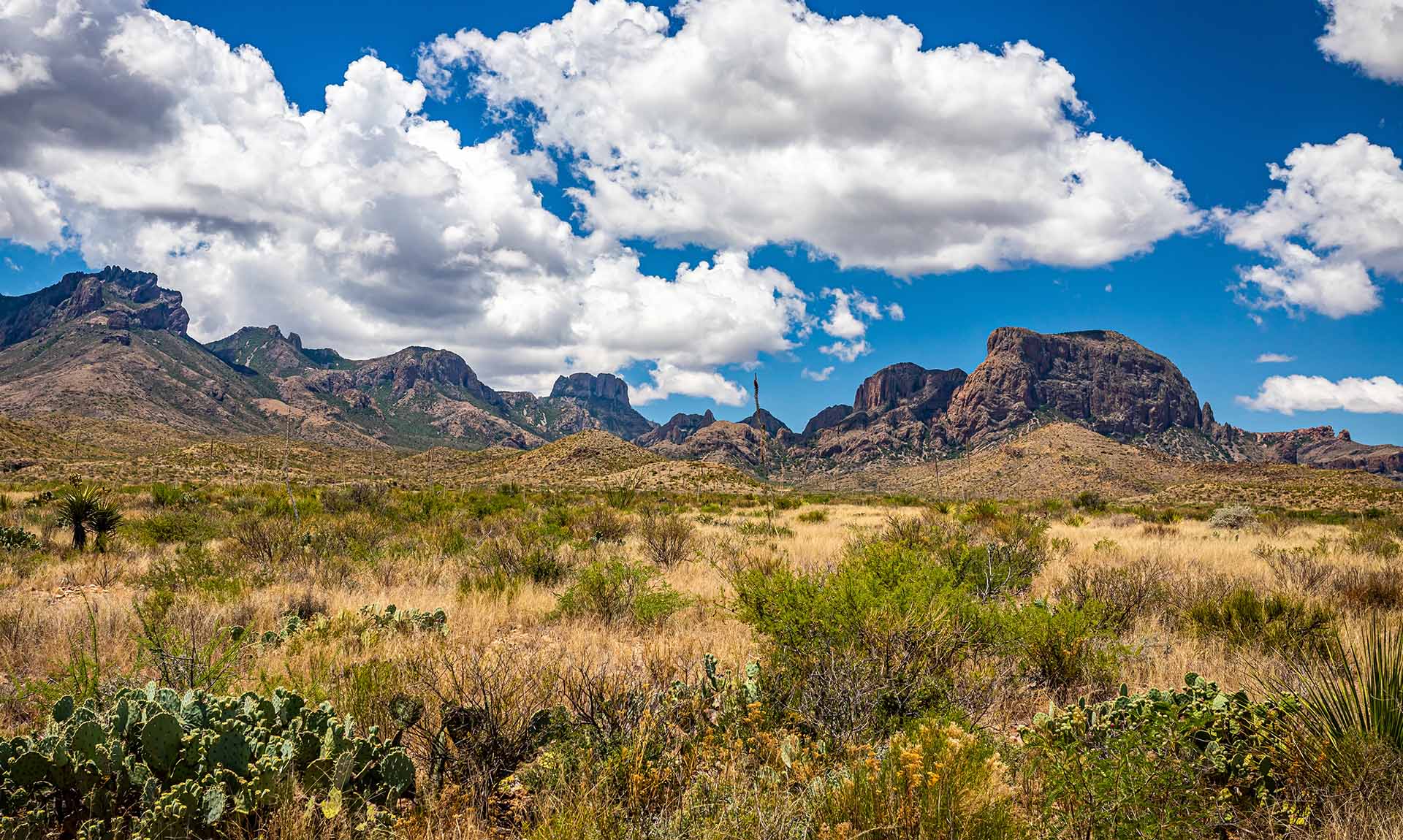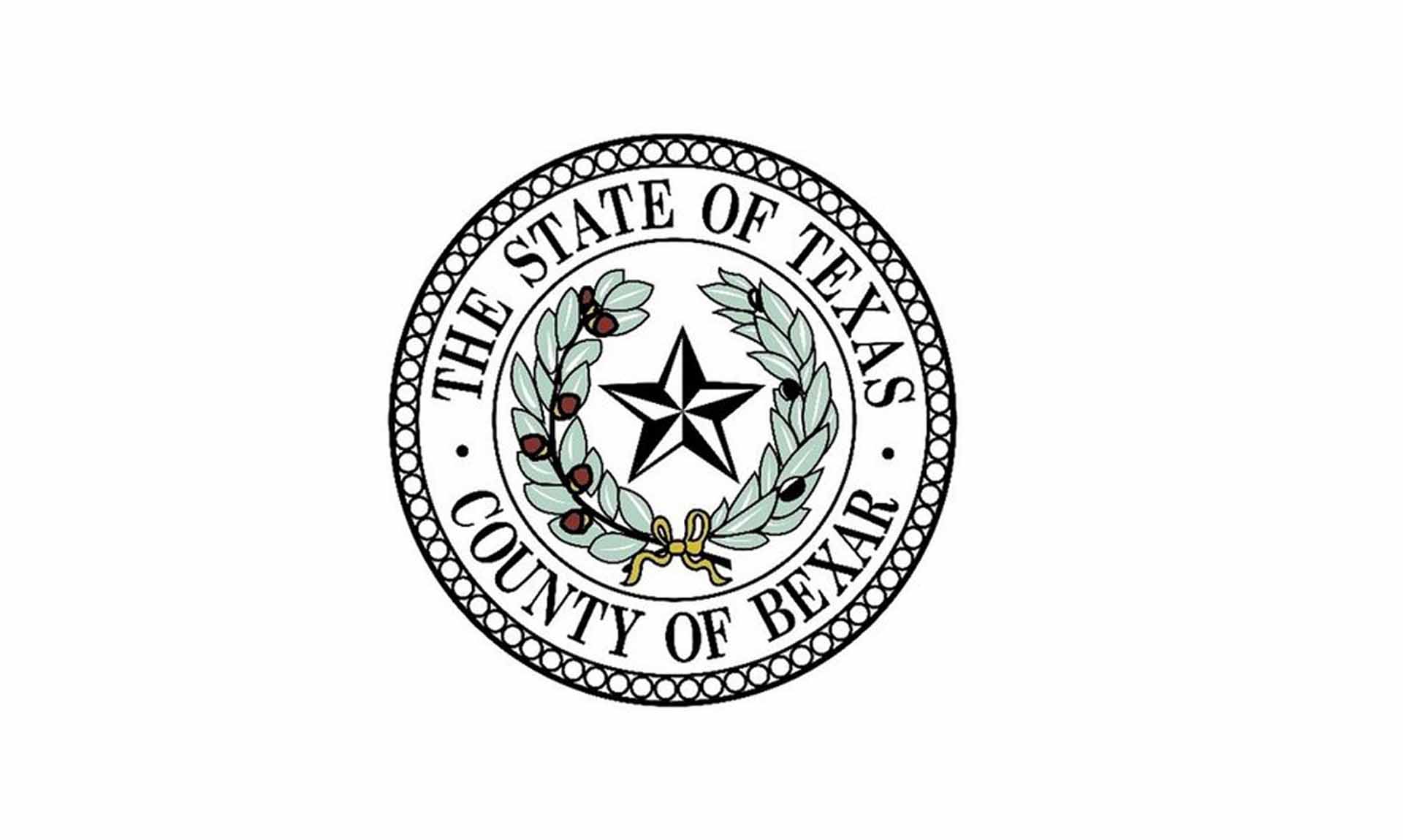
Discovering Bexar County, Texas: A Journey Through Time, Culture, and Unforgettable Attractions
Bexar County: A Historical Overview
- Established on December 20, 1836, Bexar County has a rich history that intertwines with the broader narrative of Texas. It was one of the first counties formed as Texas fought for its independence, a testament to the area’s strategic importance and burgeoning development during this tumultuous period.
- The county was established by the Republic of Texas, a nation that existed for a decade before Texas became a U.S. state. The Republic was led by several prominent figures, including Sam Houston, a military hero and politician, and Mirabeau B. Lamar, a poet-politician who served as the Republic’s second president.
- Bexar County is named after San Antonio de Béxar, one of the 23 Mexican municipalities of Texas at the time. The name Béxar itself is derived from a Spanish aristocratic family that was originally from the village of Béjar in Spain, adding a touch of European elegance to this Texan county.
- Covering an area of 1,256 square miles, Bexar County may not be the largest in Texas, but it holds its own in terms of size, ranking 40th out of the 254 counties. This expansive area offers a diverse landscape, from bustling cityscapes to serene natural settings.
- Yes, Bexar County was originally a municipio under Mexican control. Known as the Municipality of Béxar, it was a significant administrative region. The transition from a Mexican municipio to a Texan county is a testament to the area’s enduring importance through changing political landscapes.
Exploring Bexar County: Cities, Attractions, and Notable Figures
- Major cities and towns in Bexar County include San Antonio, the county seat and the second-largest city in Texas, known for its vibrant culture, historic sites, and lively culinary scene. Other towns like Alamo Heights, Castle Hills, and Converse each offer their unique charm and attractions.
- Ghost towns in Bexar County, such as Scenic Oaks and Somerset, offer a glimpse into the past. These once-thriving communities now stand as silent reminders of the county’s ever-changing history and development.
- Major attractions in Bexar County are diverse and plentiful. The Alamo, a historic Spanish mission and fortress compound, is a symbol of Texan independence. The San Antonio River Walk is a city park and network of walkways along the banks of the San Antonio River, filled with restaurants, shops, and events. San Antonio Missions National Historical Park preserves four of the five Spanish frontier missions. Six Flags Fiesta Texas, a popular theme park, offers thrilling rides and entertainment.
- Famous people from Bexar County span various fields. Vice President John Nance Garner, known as “Cactus Jack,” served under President Franklin D. Roosevelt. Country singer George Strait, known as the “King of Country,” is a native son. Actress Carol Burnett, known for “The Carol Burnett Show,” was born here, as was NBA player Shaquille O’Neal, one of the greatest players in basketball history.
- Historical places in Bexar County include the Spanish Governor’s Palace, a historic adobe from the Spanish Texas period, the San Fernando Cathedral, the oldest cathedral sanctuary in the U.S, and the King William Historic District, known for its grand, preserved old houses.
- Bexar County played a significant role in the Texas Revolution, with the Battle of the Alamo takingplace here. This pivotal event marked a turning point in the fight for Texas independence. However, during the Civil War, Texas was somewhat removed from the main theaters of conflict, and Bexar County was less directly involved.
- The local economy is supported by a diverse range of industries. The military has a significant presence, with several bases located in the county. Healthcare and biosciences are major contributors, employing over 170,000 people. Government, tourism, and education also play crucial roles. San Antonio’s vibrant tourism industry attracts millions of visitors each year, while the presence of multiple universities and colleges contributes to the area’s educational and economic vitality.
Discovering Bexar County, Texas: A Journey Through Time, Culture, and Unforgettable Attractions
Bexar County: A Historical Overview
- Established on December 20, 1836, Bexar County has a rich history that intertwines with the broader narrative of Texas. It was one of the first counties formed as Texas fought for its independence, a testament to the area’s strategic importance and burgeoning development during this tumultuous period.
- The county was established by the Republic of Texas, a nation that existed for a decade before Texas became a U.S. state. The Republic was led by several prominent figures, including Sam Houston, a military hero and politician, and Mirabeau B. Lamar, a poet-politician who served as the Republic’s second president.
- Bexar County is named after San Antonio de Béxar, one of the 23 Mexican municipalities of Texas at the time. The name Béxar itself is derived from a Spanish aristocratic family that was originally from the village of Béjar in Spain, adding a touch of European elegance to this Texan county.
- Covering an area of 1,256 square miles, Bexar County may not be the largest in Texas, but it holds its own in terms of size, ranking 40th out of the 254 counties. This expansive area offers a diverse landscape, from bustling cityscapes to serene natural settings.
- Yes, Bexar County was originally a municipio under Mexican control. Known as the Municipality of Béxar, it was a significant administrative region. The transition from a Mexican municipio to a Texan county is a testament to the area’s enduring importance through changing political landscapes.
Exploring Bexar County: Cities, Attractions, and Notable Figures
- Major cities and towns in Bexar County include San Antonio, the county seat and the second-largest city in Texas, known for its vibrant culture, historic sites, and lively culinary scene. Other towns like Alamo Heights, Castle Hills, and Converse each offer their unique charm and attractions.
- Ghost towns in Bexar County, such as Scenic Oaks and Somerset, offer a glimpse into the past. These once-thriving communities now stand as silent reminders of the county’s ever-changing history and development.
- Major attractions in Bexar County are diverse and plentiful. The Alamo, a historic Spanish mission and fortress compound, is a symbol of Texan independence. The San Antonio River Walk is a city park and network of walkways along the banks of the San Antonio River, filled with restaurants, shops, and events. San Antonio Missions National Historical Park preserves four of the five Spanish frontier missions. Six Flags Fiesta Texas, a popular theme park, offers thrilling rides and entertainment.
- Famous people from Bexar County span various fields. Vice President John Nance Garner, known as “Cactus Jack,” served under President Franklin D. Roosevelt. Country singer George Strait, known as the “King of Country,” is a native son. Actress Carol Burnett, known for “The Carol Burnett Show,” was born here, as was NBA player Shaquille O’Neal, one of the greatest players in basketball history.
- Historical places in Bexar County include the Spanish Governor’s Palace, a historic adobe from the Spanish Texas period, the San Fernando Cathedral, the oldest cathedral sanctuary in the U.S, and the King William Historic District, known for its grand, preserved old houses.
- Bexar County played a significant role in the Texas Revolution, with the Battle of the Alamo takingplace here. This pivotal event marked a turning point in the fight for Texas independence. However, during the Civil War, Texas was somewhat removed from the main theaters of conflict, and Bexar County was less directly involved.
- The local economy is supported by a diverse range of industries. The military has a significant presence, with several bases located in the county. Healthcare and biosciences are major contributors, employing over 170,000 people. Government, tourism, and education also play crucial roles. San Antonio’s vibrant tourism industry attracts millions of visitors each year, while the presence of multiple universities and colleges contributes to the area’s educational and economic vitality.


